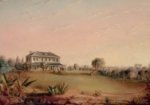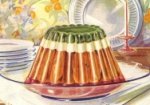While the now ubiquitous native ibis – affectionately (??) known as ‘the bin chicken’ – has made its mark as a Sydney icon in the delightful Alphabetical Sydney Creative Lab at the Museum of Sydney, the ‘brush’ turkey is enjoying its own share of media coverage, as it encroaches upon inner Sydney’s suburbs…
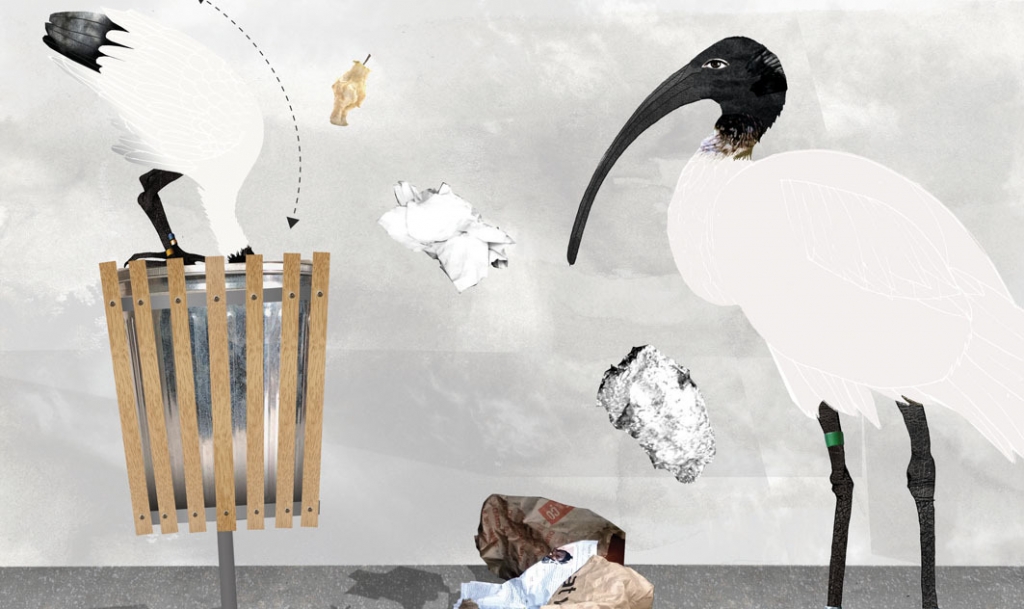
‘I is for IBIS’ in Alphabetical Sydney © Antonia Pesenti, courtesy Alphabetical Sydney
Nesting season
Also known as ‘bush’ and ‘scrub’ turkeys, brush turkeys are a protected species, endemic to Australia. They are relatively common in Sydney’s northern suburbs and coastal areas. Visitors to Rose Seidler House at Wahroonga often wonder at their prevalence in the semi-bush setting around the house. But they’ve recently ‘crossed the bridge’ and taken up residence in Sydney’s Inner West suburbs. The male builds the nest by building a large mound of leaf litter and hopes the right female will think it impressive enough to choose it for her eggs. The heat generated by the subsequent leaf mulch incubates the eggs… but what does all this to have with food!
‘A most delicious bird…’
Well, a few generations back, brush turkeys were among the many wild bird species that found their way into the pot and onto Australian tables –and in case you are wondering, I’ve found no reference to the ibis being one of them.
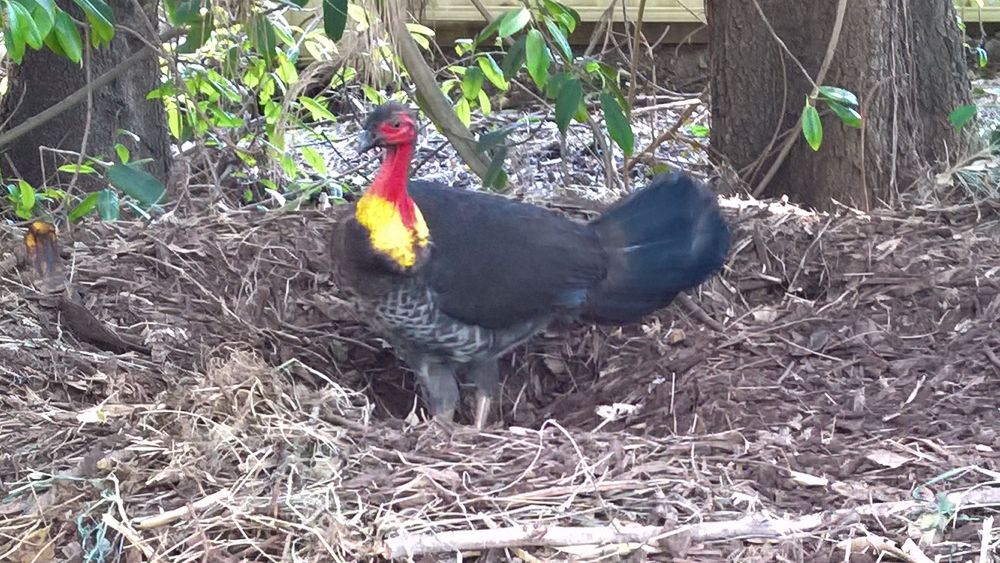
Brush turkey in Sydney suburb, Summer Hill Photo © Liz Chapple 2017.
Remembering that they are now protected we do not recommend capturing, cooking or eating them, but in the 1860’s the Talegalla or ‘wattled’ turkey had become scarce around Sydney, because ‘its flesh is exceedingly good, and its eggs are reckoned a delicacy.’ (Sydney Mail, 25 July 1868, p6).
Hannah Maclurcan describes their culinary merits in her cookery book, first published in 1898 –
The Scrub Turkey
The scrub turkey is a very small bird, not much larger than a wild duck, with a breast like a pheasant and flesh as white; in fact I have often served it as pheasant and people have not known the difference, It is a most delicious bird, one of Australia’s finest.
Hannah Maclurcan, Mrs Maclurcan’s Cookery Book. 1903 p. 214. (Rouse Hill EState collection).
Like the wonga wonga pigeon enjoyed by Godfrey Mundy in 1846 (and undoubtedly many other colonial gourmets), the brush turkey was served with Bread Sauce, the way any white fleshed poultry would be in England:
Roast Scrub Turkey
1 turkey
a little flour
piece of bacon fat
dripping
Mode- pluck and clean the turkey nicely, rub it over with a little flour, put it in a baking tin with the dripping, place pieces of bacon fat over the breast, keep basting it well all the time, and bake for an hour. Serve with bread sauce.
Hannah Maclurcan, Mrs Maclurcan’s Cookery Book. 1903. (Rouse Hill House & Farm collection).
Old-fashioned bread sauce
Ingredients
- 1 small onion
- 1 bay leaf
- 4 whole cloves
- 1 blade of mace (optional)
- 6 whole peppercorns
- strip of lemon peel (pith removed)
- pinch cayenne pepper (optional)
- 500ml (2 cups) milk
- 90g (1 1/2 cups) breadcrumbs (made from 2-day-old bread, crusts removed)
- 60ml (1/4 cup) pouring cream
- pinch of ground white pepper
- good pinch of ground nutmeg
Note
A precursor to white bechamel-style sauces, bread sauce was a traditional accompaniment to roast chicken. It is also lovely with hot corned beef or poached pink-fleshed fish. For these options, add 1 tablespoon of horseradish cream to give the sauce extra pep.
Makes 600 ml
Directions
| Peel the onion, leaving it whole, but trim and discard the roots from the base. Wipe or rinse the onion clean. Attach the bay leaf to the onion using the cloves as 'nails'. Put the onion in a saucepan with the mace, if using, peppercorns, lemon peel and cayenne pepper, if using. Add the milk and warm over low heat, stirring occasionally. Simmer gently for 20 minutes, partially covered with a lid, then remove from the heat and allow the flavours to infuse for around 30 minutes. Strain the sauce through a sieve, discarding the solids and any skin that has formed. | |
| Return the milk to the pan and reheat over low heat. Add the breadcrumbs and stir for 5 minutes or until the breadcrumbs are saturated and a thick sauce can be formed by smoothing the crumbs with the back of a spoon. Add the cream, white pepper, nutmeg and a pinch of salt. Cook for another 5 minutes, stirring so that it does not stick to the base of the pan. Serve immediately, or closely cover the surface of the sauce with plastic wrap. Store in the fridge for up to 3 days and reheat gently when required. | |
| Cook's tips: For a lighter sauce, make as directed but substitute 1/2 cup milk with chicken stock. If the sauce is too thick for your liking, add a little chicken stock towards the final stage of cooking. | |
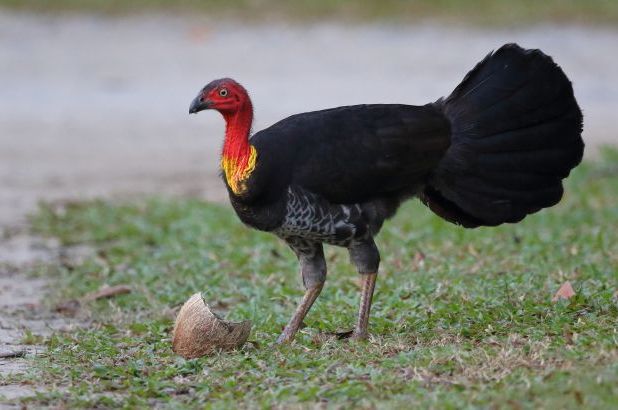
 Print recipe
Print recipe